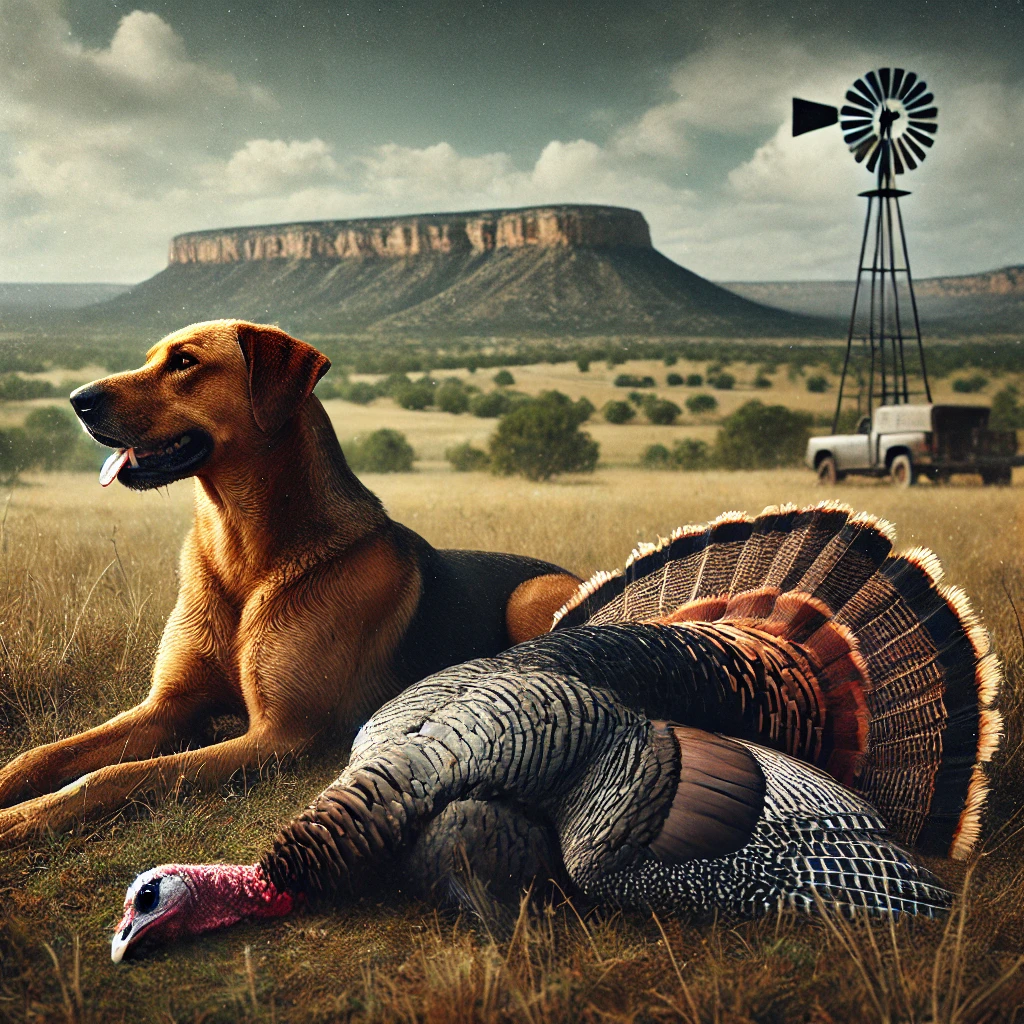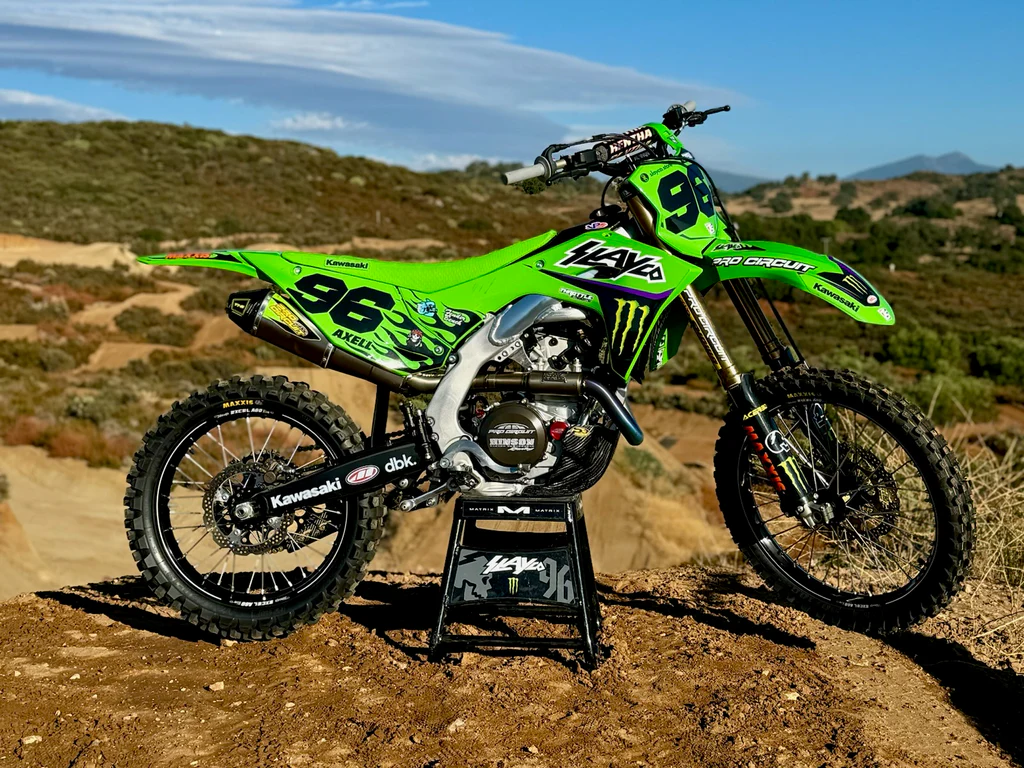Hunting Dog Killed My7 Turkey Texas : Understanding the Event
Introduction
Hunting Dog Killed My7 Turkey Texas Hunting is a cherished tradition in Texas, with enthusiasts pursuing various game species, including turkeys. The relationship between hunters and their dogs is integral to this activity, as dogs often assist in locating and retrieving game. However, there are instances where these partnerships lead to unintended tragedies. One such incident involved a hunting dog killing a turkey in Texas, raising questions about safety protocols, animal behavior, and the responsibilities of hunters.
Understanding the Incident
In this particular case, Hunting Dog Killed My7 Turkey Texas a hunter was accompanied by a trained hunting dog during a turkey hunt in Texas. The dog, while in pursuit of the turkey, inadvertently caused the bird’s death. The exact circumstances leading to the turkey’s death remain unclear, but such incidents highlight the unpredictable nature of hunting and the complex interactions between dogs and wildlife.
The Day My Turkey Was Killed by a Hunting Dog
Hunting has long been a cherished tradition in Texas, where vast landscapes are teeming with wildlife, offering an array of opportunities for sportsmen and women. The Lone Star State is especially known for its turkey hunting, with both the Eastern Wild Turkey and Rio Grande subspecies being targets for hunters each year. Hunters often rely on well-trained dogs to help them locate and flush out these elusive birds. However, as I discovered firsthand, the partnership between hunter and dog doesn’t always go as planned. One fateful day, my turkey hunt turned tragic when a hunting dog killed my turkey in a way I never expected.
This incident, while shocking, provides a lens through which we can explore the roles of hunting dogs, the responsibilities of hunters, the ethical and legal implications, and the broader impact such occurrences have on both wildlife and hunting culture. In this article, I will explain the details of what happened, explore the underlying causes, and discuss how hunters can prevent such tragedies in the future.
The Significance of Turkey Hunting in Texas

Turkey hunting in Texas is a popular and revered outdoor activity. The state is home to both the Eastern Wild Turkey and the Rio Grande subspecies, which thrive in different ecological zones, from the pine forests of East Texas to the mesquite brushlands of the South and Central Texas plains. According to Texas Parks and Wildlife (TPW), the spring season, in particular, is highly sought after, with hunters hoping to call in gobblers with a variety of decoys and calls.
Texas hunters often work in tandem with dogs during these hunts, especially in more challenging terrains or when hunters seek a flush-and-retrieve style of hunt. This partnership between hunter and dog is vital in locating game, but it comes with risks. A properly trained dog enhances the hunting experience, but it also demands constant supervision and management. The role of the dog, however, goes beyond merely locating the animal—it’s also about ensuring that the hunt is ethical and humane, avoiding unnecessary harm to the wildlife.
The Role of Dogs in Turkey Hunting
Dogs are an invaluable asset for hunters, especially for those targeting birds like turkeys. Many hunters use their dogs to locate game by relying on their keen sense of smell and natural hunting instincts. There are several breeds specifically trained for turkey hunting, including pointers, setters, and retrievers. These dogs are taught to work with their owners, using their scent detection abilities to locate turkeys without disturbing their natural habitat too much.
The primary role of a hunting dog in a turkey hunt is to flush the bird out of its hiding spot so the hunter can take aim. However, there are different ways in which a dog might act during the hunt:
- Pointing Dogs: These dogs “point” at the turkey, typically by freezing in place once they detect the scent. This gives the hunter a chance to move into position.
- Flushing Dogs: These dogs actively push the turkey into the open, making it easier for the hunter to spot and shoot.
- Retrievers: Once the hunter has taken a shot and downed the turkey, retrievers retrieve the bird and bring it back to the hunter.
When dogs work as intended, they contribute greatly to the success of the hunt. However, when a dog’s behavior is uncontrolled or misinterpreted, it can lead to accidents, such as the one I experienced.
The Incident—What Happened During the Hunt?
It was a crisp morning in the Texas Hill Country, and I had been tracking a turkey for several hours. My dog, a trained pointer, was working tirelessly, sniffing the air and scanning the underbrush. I had already spotted a gobbler earlier, but it had slipped into the thicket, out of view. I relied on my dog to locate the turkey once more.
Everything seemed normal at first. The dog was focused, tail up, and clearly sensing something. He began moving in a semi-circle, a sign that the turkey was nearby. What happened next was swift and chaotic. As my dog circled closer to the bird, he suddenly darted forward, not simply pointing but aggressively pursuing the turkey.
In a split second, the dog’s instincts took over. Rather than gently flushing the bird for a shot, the dog ran toward the turkey, lunged, and caught it. The turkey, stunned and unable to flee, was killed almost instantly by the dog’s sharp bite. I stood frozen, horrified at the turn of events.
In an ideal hunting scenario, a flush-and-shoot approach would have allowed me to take aim, but instead, the turkey’s death was caused by the dog’s unprovoked and unanticipated action. The bird had no chance to escape. The sense of frustration and confusion was overwhelming, but I knew I had to address this incident head-on.
Why Did This Happen? Analyzing the Causes

The tragedy Hunting Dog Killed My7 Turkey Texas of my turkey being killed by my hunting dog was not a result of malice or a lack of training. It was a culmination of several factors:
- Overexcitement and Miscommunication: The dog, despite being well-trained, was overly excited. In the heat of the hunt, his natural predatory instincts may have kicked in more aggressively than I anticipated.
- Insufficient Control: While I was able to give basic commands, my control over the dog in this high-stress situation was lacking. I failed to recognize early signs of heightened aggression or excitement, which led to the unfortunate outcome.
- Training Gaps: Though the dog had received extensive training, it became clear that more focus was needed on teaching him to respond to subtle cues when flushing turkeys. The line between a controlled flush and an attack is thin, and it was in this grey area that the incident occurred.
- The Nature of the Bird: Turkeys are not always easy prey for dogs. Their size, speed, and evasiveness make them a unique challenge. My dog, being trained for other types of game, might have been less accustomed to the peculiar dynamics of hunting turkeys.
The Ethical and Legal Considerations
While hunting accidents involving dogs are relatively rare, they can bring about serious ethical and legal concerns. As a hunter, the ethical responsibility to ensure that the turkey is hunted in a fair manner becomes paramount. The unintended death of the turkey at the hands of my dog raises several key questions:
- Ethical Responsibility of the Hunter: Should I, as a hunter, take full responsibility for the actions of my dog? As the handler, I am expected to maintain control and ensure that the hunt is fair, and that wildlife is respected.
- Wildlife Ethics: Hunting ethics emphasize the importance of respecting the animal and ensuring that it is given a fair chance to escape. The dog’s attack subverted this principle.
- Legal Implications: Texas law has strict regulations on hunting practices, and while no specific law exists for hunting dogs causing accidental death, general hunting and animal cruelty laws might come into play. The Texas Parks and Wildlife Department (TPWD) regulates hunting with dogs, and their guidelines ensure that the game is pursued responsibly.
Preventative Measures for Future Hunts
In light of what happened, it’s crucial to identify steps that can help prevent similar tragedies:
- Enhanced Dog Training: Continuous training that emphasizes not only basic obedience but also situational control is essential. Dogs should be trained to understand the difference between a controlled flush and an aggressive attack.
- Use of Leashes and Containment: Employing a leash or controlled environment might help limit the dog’s ability to chase and attack the game before the hunter is ready. It’s essential for hunters to maintain a level of control at all times.
- Clear Communication: A hunter must ensure they can communicate with their dog effectively, especially in high-stress situations. A hunter’s awareness of their dog’s emotional state during a hunt is critical to preventing overexcitement or aggression.
Impact on Wildlife Conservation and the Hunting Community
Accidents like these, though isolated, can impact not only the individual hunter but also broader conservation efforts. In Texas, where wildlife management and conservation are central to hunting, these incidents can influence public perception of hunting practices. Misunderstandings about the role of dogs in hunting may lead to negative views on both hunting and the treatment of animals.
Additionally, such events may contribute to the decline in certain species if hunting regulations aren’t followed strictly, resulting in an inadvertent reduction in wild turkey populations. Responsible hunting, including managing dog behavior, is crucial for maintaining sustainable wildlife management and ensuring healthy animal populations.
Conclusion: A Lesson Learned
The tragic death Hunting Dog Killed My7 Turkey Texas of my turkey at the hands of my hunting dog was a wake-up call that highlighted the complexities of hunting with animals and the inherent risks involved. While hunting remains a cherished tradition in Texas, it is vital to acknowledge the responsibility that comes with it.
Every hunt offers lessons, and I’ve learned the importance of better dog training, stricter control over my dog’s actions, and a more mindful approach to the ethics of hunting. As hunters, we are stewards of the land, and with that comes the duty to ensure that the wildlife we pursue is treated with respect. Moving forward, I am committed to refining my approach to hunting with dogs and ensuring that future hunts are not only successful but ethical and humane.







Post Comment